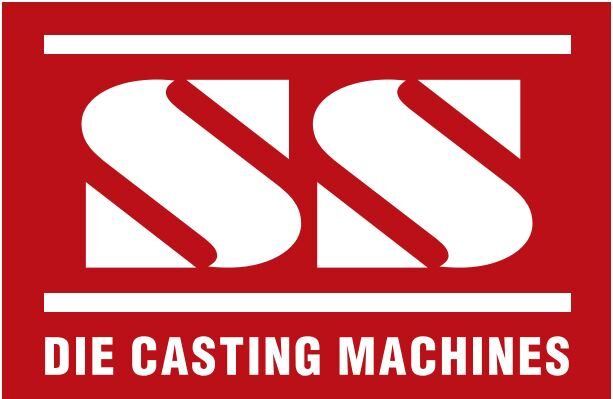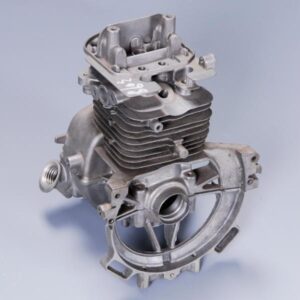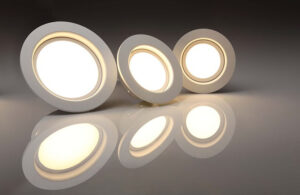Surface finishing is a vital part of many manufacturing projects. How the exterior surfaces of a part or component are made ready for use is important to the manufacturing process. Once a surface is ‘finished’, it will not usually be subjected to any other processing.
There are several different types of surface finishes. Understanding them allows you to improve manufacturing efficiency while also reducing the need to invest resources into a trial and error approach to picking the right one.
10 common surface finishing processes
There are far too many surface finishing processes to list all of them here. But, here are a selection of some common options, many of which you are probably already familiar with:
Sanding — Probably the most widely-known surface finishing process, sanding involves removing surface material with an abrasive sheet or disk. Some common sanding problems are now easier to solve than ever before with robotic sanding.
Sandblasting — Abrasive beads are propelled onto the surface which removes material rapidly.
Passivation — This improves the rust resistance of steel by removing free iron from the surface with citric or nitric acid.





